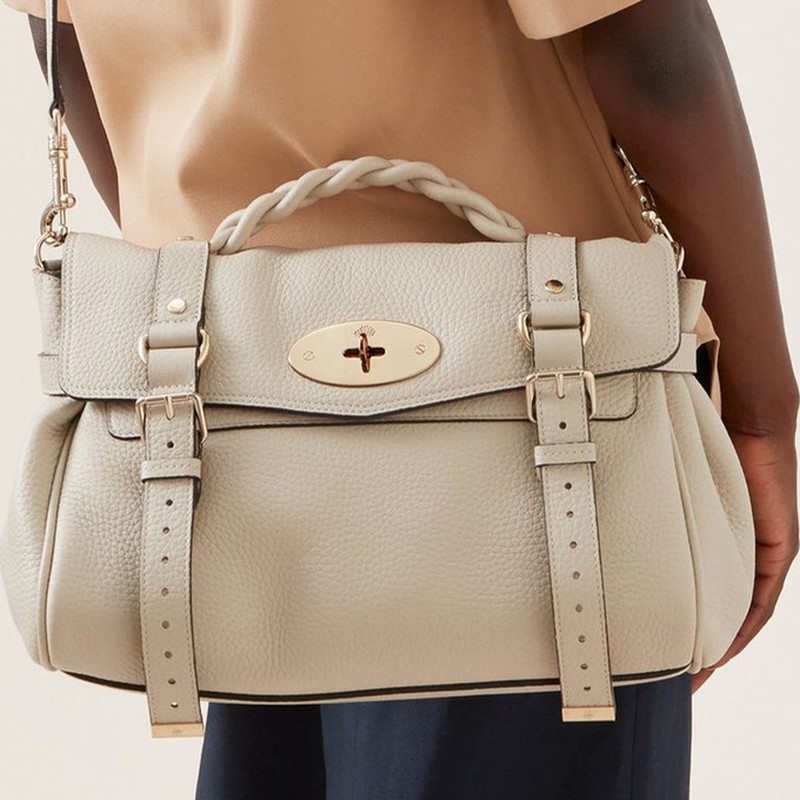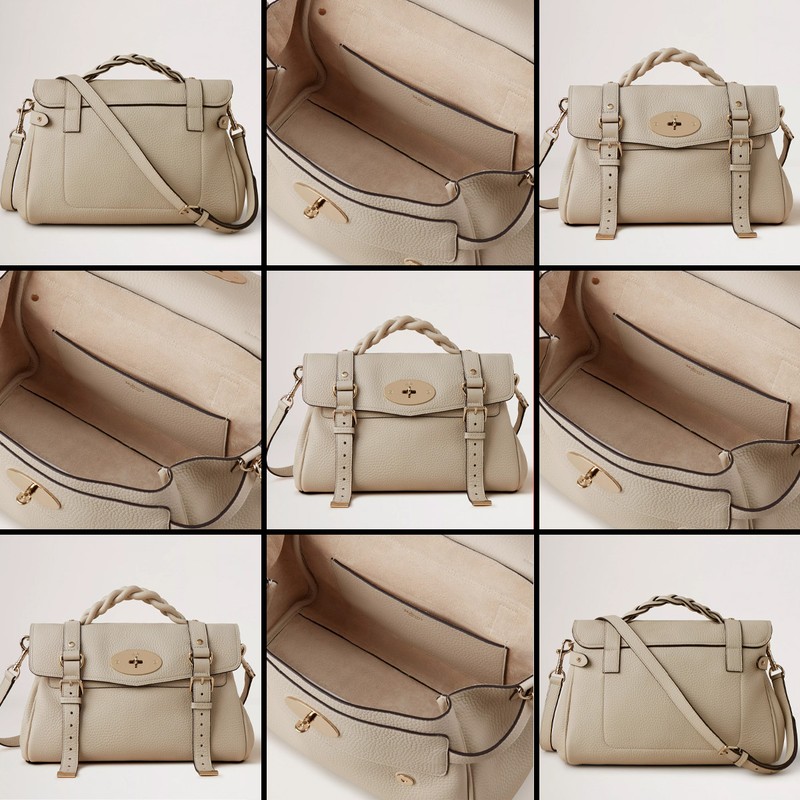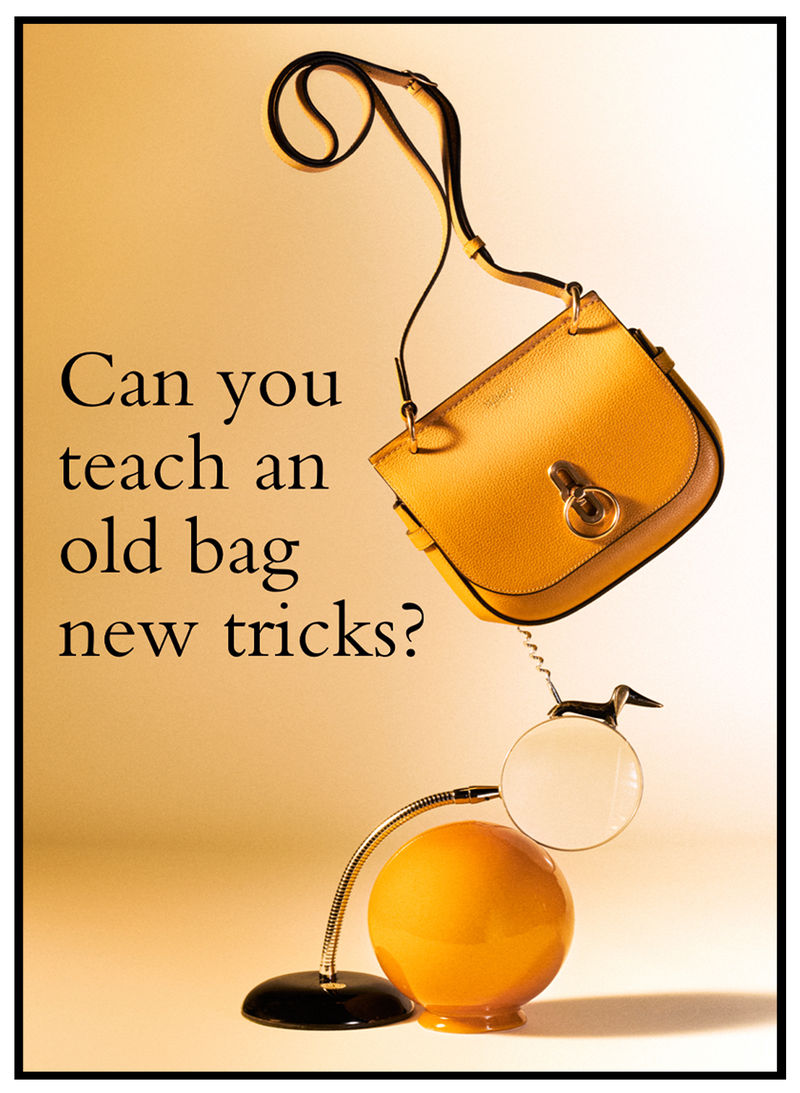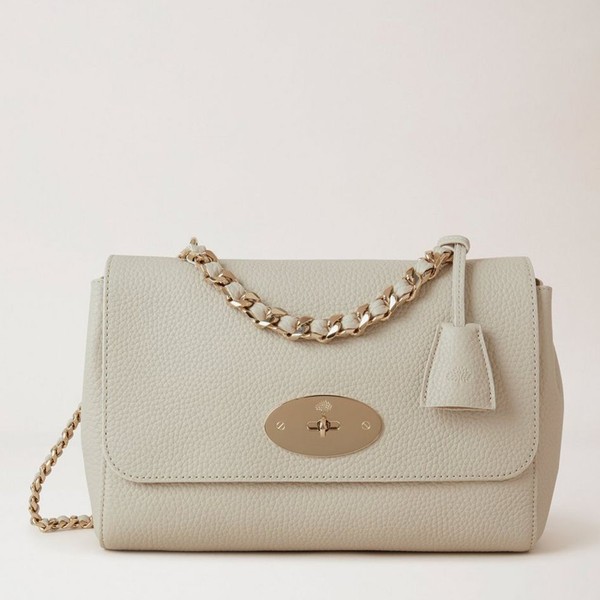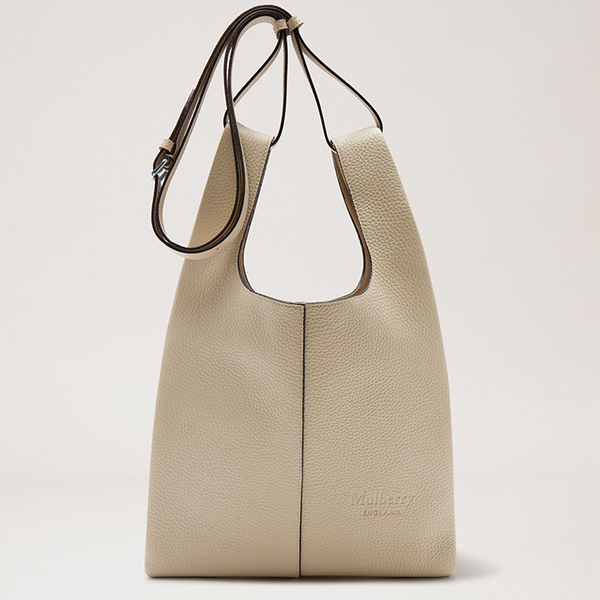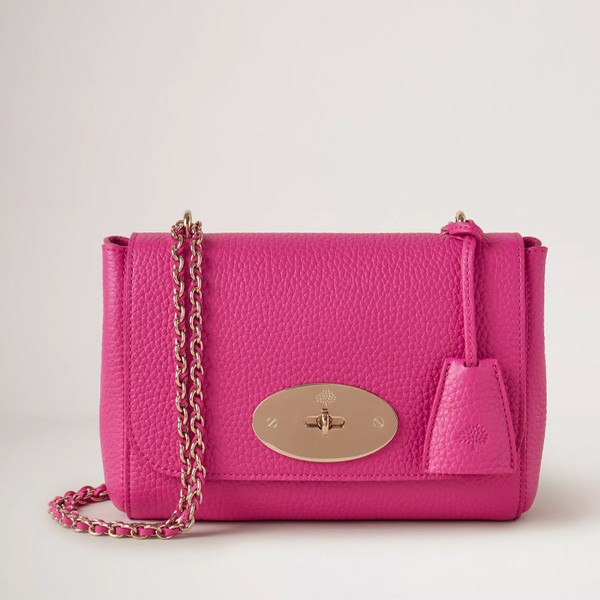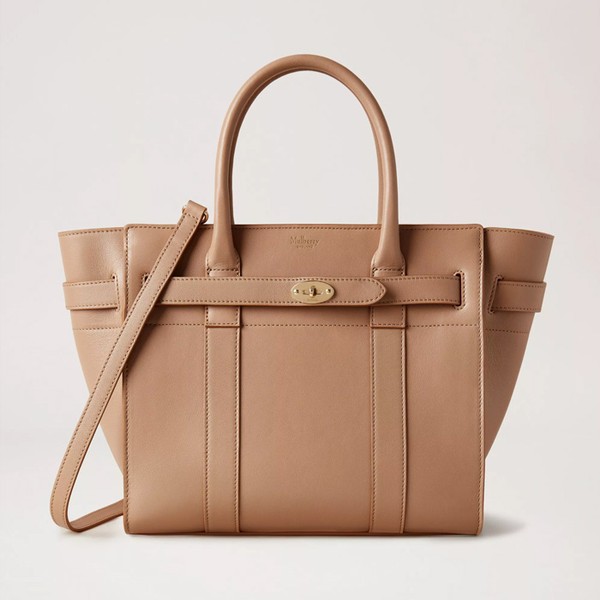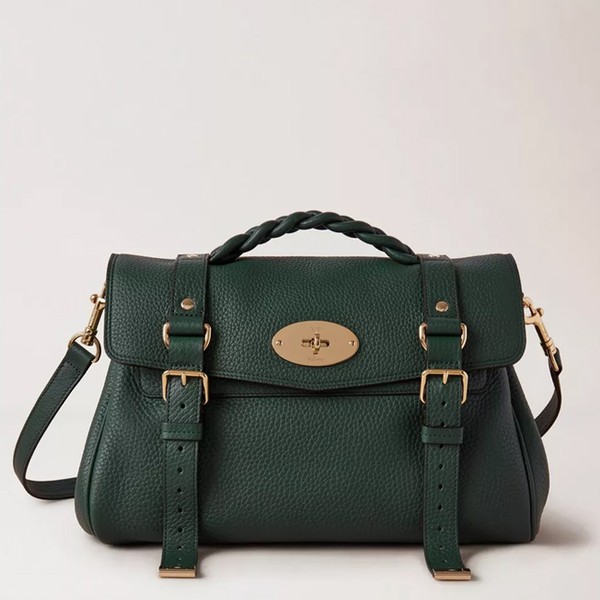Can A Bag Save The World?
CREATED IN PARTNERSHIP WITH MULBERRY
Can Leather Ever Be Sustainable?
According to The World Resources Institute, cattle farming was responsible for 36% of global deforestation between 2001 and 2015, driving species extinction and making a significant contribution to climate change. Mulberry is well aware of its 50-year association with the leather industry, as well as the fact it’s both a challenge and an opportunity. That’s why it’s pioneering a local, transparent ‘farm to finished product’ supply chain and working with a network of progressive farmers who are committed to practices that improve soil health and encourage biodiversity. From integrating recycled nylon and regenerative organic cotton into their products, to continuously assessing and reducing the environmental impact of its packaging, the changes range across the board.
Can You Make A Blue Bag Green?
Since Mulberry’s inception, the brand has remained committed to making more than half of its products in local Somerset factories. Today, those factories are carbon neutral and every person working there is paid a real living wage. But there’s more work to do, which is why Mulberry is teaming up with industry-leading tanneries to develop the world’s lowest carbon leather, sourced from environmentally conscious farms. Excitingly, later this year, the brand will release its first ‘farm to finished product’ bag.
Can You Teach An Old Bag New Tricks?
In an ideal world, everyone would hold on to every designer bag they invest in. But that’s not the reality, which is why the brand has created the Mulberry Exchange, an in-store and digital platform to match authenticated and beautifully restored classics with a new owner, to guarantee your pre-loved bag can have many lives. Even if one of their bags has reached the end of the line, they will still buy it back, and give it a new lease of life.

Shop our Favourite Mulberry Sustainable Icons...
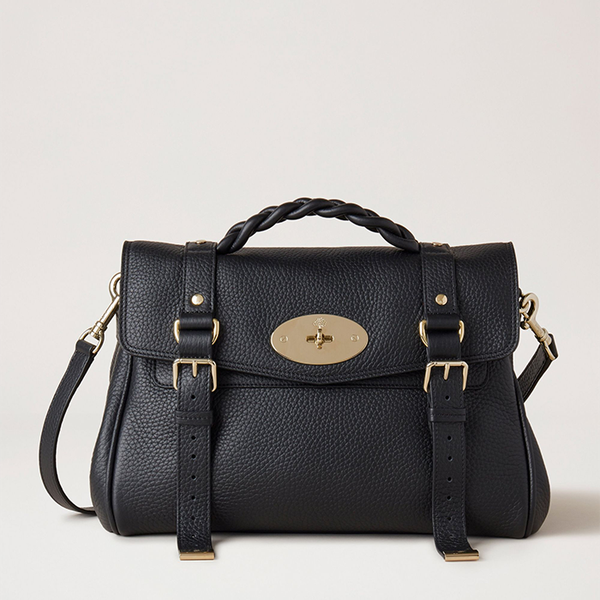
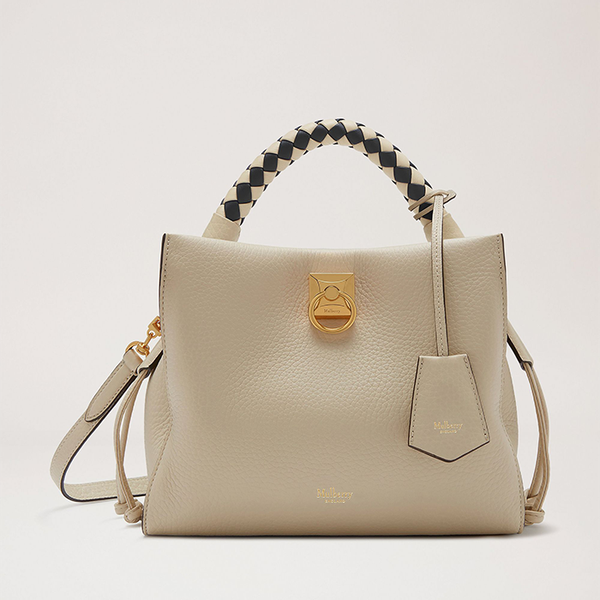
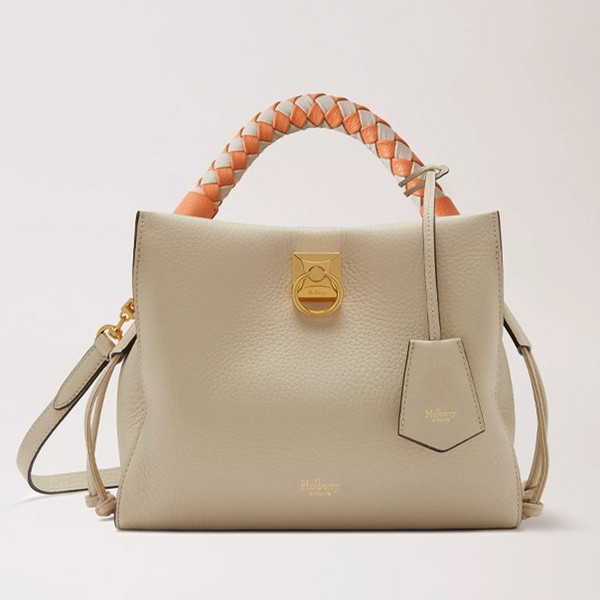
Find out more about Mulberry's green manifesto by visiting Mulberry.com
DISCLAIMER: We endeavour to always credit the correct original source of every image we use. If you think a credit may be incorrect, please contact us at info@sheerluxe.com.
